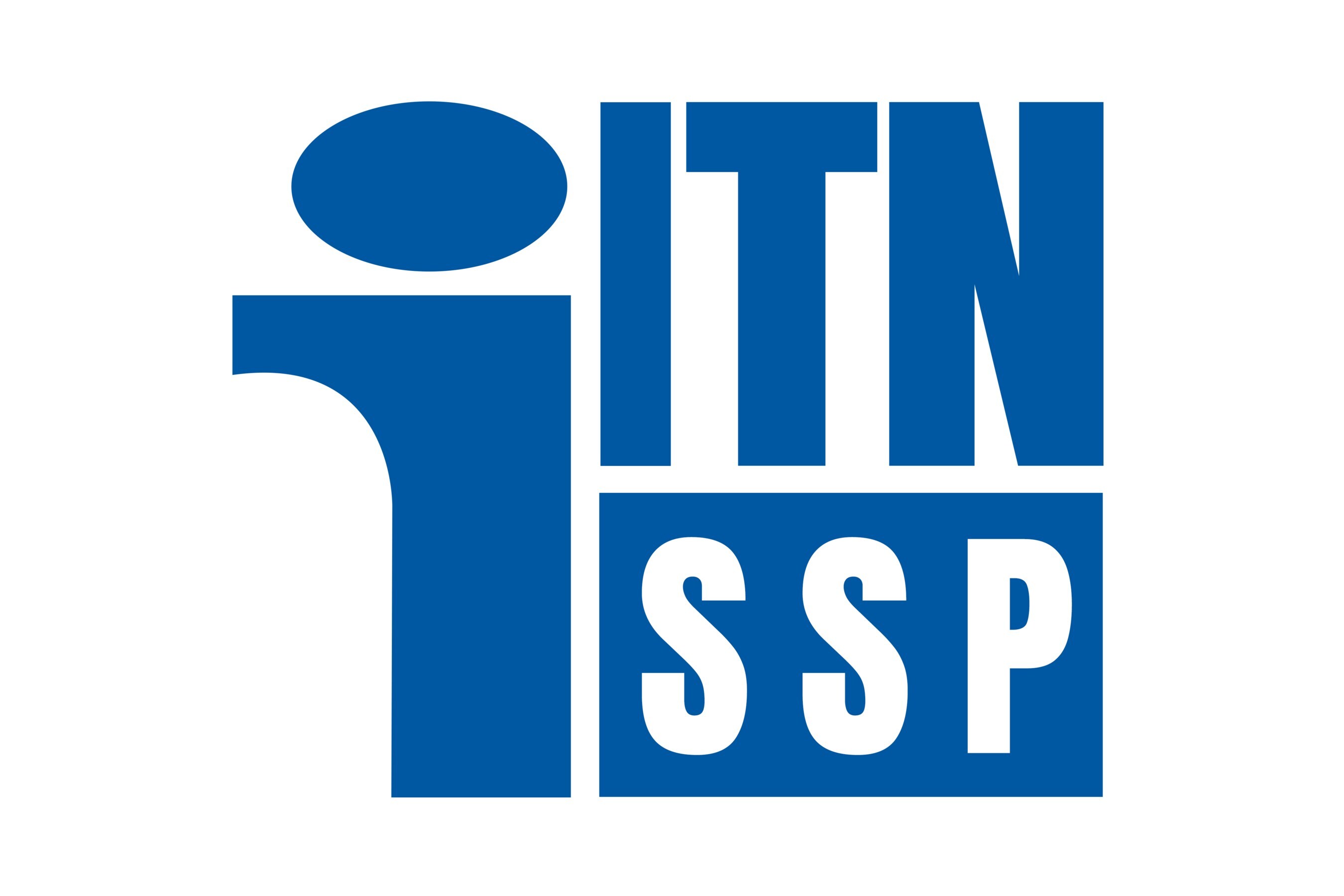HD sports broadcasting now in full swing
With a large amount of live HD sports programming now available, future plans for additional HD sports channels, and digital HDTV sets continuing to drop in price, the too often-used “chicken-and-egg” analogy for HDTV in the U.S. no longer applies.
While the debate continues regarding the number of consumers watching HDTV sets, it’s clear that a significant amount of live sports productions, most of it offered by cable and satellite TV providers, is being produced almost daily. Professional broadcast equipment manufacturers are also doing their part to bring down the cost of the equipment required to produce such telecasts.
During a panel discussion at the 16th annual Sports Summit in New York City last week, representatives from Comcast Sports Net, based in Philadelphia, said it is currently producing nearly 200 live sports and plans to produce 100 more once the company takes control of nearly 4 million new subscribers in the Chicago area in October.
This is in addition to more than 100 HDTV live sports broadcasts produced by ESPN, dozens more by the MSG network in New York, and the myriad special events offered by ABC, CBS and NBC. Fox has just begun to consider full HD broadcasts, although it currently broadcast its sports events in 16:9 standard definition resolution.
Also, veteran program provider iN DEMAND has announced that it will make hundreds of live sporting events and classic U.S. Olympic telecasts to cable operators and DBS providers this year. This includes professional baseball (three games per week) and tennis, college basketball, football, and even volleyball.
“We can’t control how many people buy HDTV sets, but we’re doing our part to drive demand,” said Jack Williams, president/CEO of Comcast Sports Net. “We realized early on that we had to do something to get the transition moving and we did.”
What Comcast Sports Net has done is build a 53-foot expandable HDTV production truck (complete with 10 Sony HDCAM cameras) for roughly $8 million and built a new production control facility in Philadelphia to produce its own programs. Some have speculated that this was in response to rising programs costs from other sports networks, namely ESPN, which parent company Comcast Cable has been strenuously fighting. Comcast owns several professional sports teams, including baseball’s Phillies and hockey’s Flyers.
The professional video industry's #1 source for news, trends and product and tech information. Sign up below.
“Initially, no one wanted to spend the money,” Williams said. “I credit Comcast for taking the bold step (in 2002) to give us the budget to make it happen. It makes good business sense.”
Also on the panel, Jeff Rosica, vice president of Worldwide Strategic Marketing for Thomson Broadcast & Media Solutions, said that his company has taken orders for more than 20 full HDTV trucks in the past 18 months. HD provides a “competitive advantage” that many, like Comcast, are using to attract new digital subscribers away from satellite TV.
Helping to solve the multiple HD format disorder that currently pervades the industry, Rosica said Thomson is producing equipment (cameras, switchers, and routers) that can produce live events in multiple formats. This makes it easier for mobile production companies to work on a CBS production in 1080i one day and use the same truck the next day to produce a game for ABC or ESPN in 720p.
“Whatever we can do to create tools that help sports producers bring the viewer to the front row is what we’re focused on,” Rosica said. He quoted a figure of 5.8 million HDTV-capable sets sold thus far, which represents a consumer product penetration equal to the personal computer after its third year of availability. Only the DVD player has been more successful, according to the Consumer Electronics Association.
Rosica said most of the equipment necessary to produce a full HDTV production, with multichannel audio, is now available. The exceptions: Super Slo-motion and wireless camera systems.
Steve Stubelt, National Accounts Manager for Sony broadcast, said his company is looking to the near future when they will introduce a cameras capable of acquiring images in the 1080p 60 fps format. This format, he said, is “the holy grail” because all of the currently used formats, as well as several others, could be extracted from that high resolution image data.
“We’re trying to drive down costs of the equipment and in the past eight months we have been successful in doing that,” Stubelt said. “HD equipment is currently available from Sony for a price that used to buy SD equipment 18 months ago.”
He added that, in Sony’s opinion, cable has been the driving force in HDTV production.
Because Philadelphia’s professional sports venues are located closely together, the Comcast HDTV truck will be based in Washington D.C. and cover the regional teams’ home games. Once they take control of the Chicago system, Williams said he plans to contract with a local mobile production company to use its trucks. All productions will be routed through the new production facility in Philadelphia, using Comcast Sports Net crews.
For analog and digital SD viewers, Comcast is downconverting the games and center cropping the image to fit into the 4:3 aspect ratio. Williams said the HD-originated material looks better on an SD set than it would if SD equipment were used.
